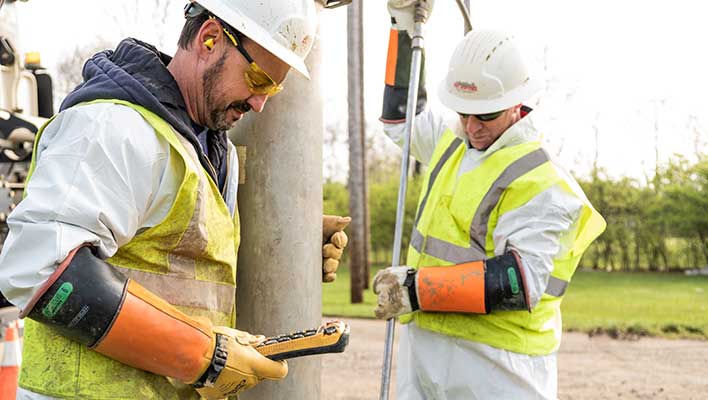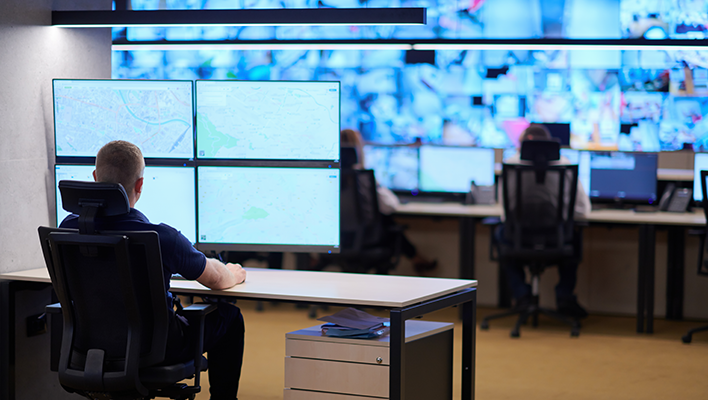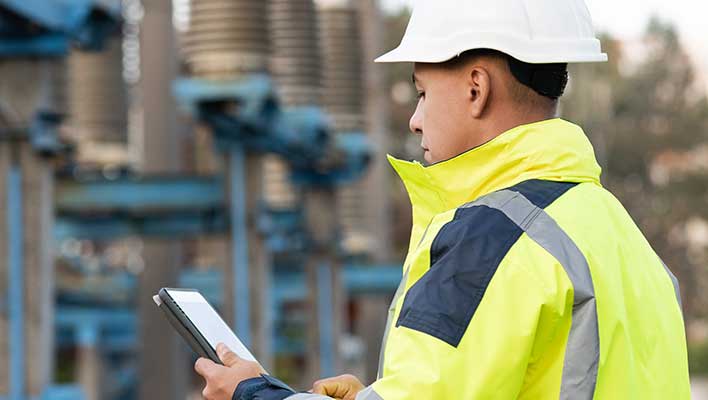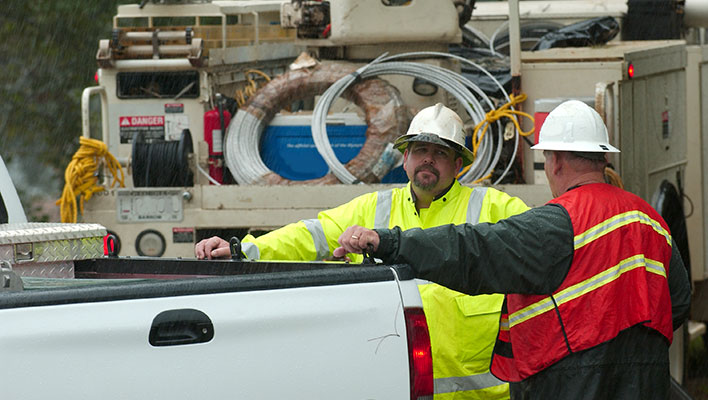ARCOS’s Jason Rhoades, author of our recent blog series entitled Building the Digital Utility of the Future, recently spoke to POWERGRID International about the importance of timely collaboration as a foundation for safety. Even in the utility industry, with a safety culture, there is always more that can be done to improve the level of collaboration.
Timely collaboration is foundational for safety in the utility industry. When line workers and supervisors share observations about “near-misses” and “good catches,” everyone is safer. Collaboration reduces incidents, days off work, and even worker compensation claims. Even in an industry like ours, with a safety culture, there’s more we can do to improve the level of collaboration.
Consider the following scenarios. The first situation describes my experience and those of my crew leaders in the field who I worked with for more than two decades. The second scenario is imagined, but possible.
Scenario #1 – the paper chase
OSHA standard 1910.269 requires employers to ensure that their employees are conducting a job briefing before every project begins. Utility leaders as well as health and safety managers periodically go into the field to observe jobsites and make sure: a) crew leaders are briefing workers, and b) linemen know the job site’s trouble spots. For many utilities, these briefings and check-ups are documented with paper and then filed in a truck cab. In practice, if there’s a new risk on the job site, a working foreman will often relay that issue by word of mouth. Rarely would a foreman call the crew together, brief them, and document the update in writing. In fact, in anything but blue-sky weather, working with paper files is challenging at best.
Scenario #2 – seeing the big picture
Imagine a lineworker suffering a minor injury caused by company equipment. The injury doesn’t need medical attention, but the worker reports it. Since the utility began deploying the piece of equipment with which the injured worker hurt himself, nobody else in the line garage has reported an issue with the tool. However, there have been several other incidents with this same tool elsewhere in the utility’s footprint, which spans multiple states.
Deploying technology to boost collaboration, gain insight
Today, collaboration platforms – accessible from mobile devices – can make reporting a near-miss or hazard (e.g., unsalted roads or parking lots in winter) instantaneous. With data-driven solutions available on the market today from a variety of vendors, the OSHA-required safety briefing could be digitized. Instead of signing, collecting, and filing paper, crew chiefs and line mechanics would have a hand-held, electronic record of the safety briefing, a list of hazards, and their signature stamped with time and date. If leadership or a health & safety manager visits the job site, they can tap their mobile device to see when and who among the crew completed a safety briefing. When the situation on the site changes (and workers receive a new briefing), the working foreman documents that with a few taps on a mobile device.
As for the imagined scenario describing an injured worker, a digital collaboration platform would help managers analyze the event. Let’s say the utility reported its injuries and disseminated that information via collaborative tools. In a system like that, what looks like an isolated incident at one line garage could be merged with similar accidents. A manager could see all the events and earmark them as a potential product (or training) issue. The global picture that a collaboration platform creates for managers not only reduces injuries but also helps executives run their utility more efficiently.
Collaborative technology spells prevention, profitability
Here’s another scenario in which collaborative tools can hurdle potential accidents in real time. Let’s say a field technician arrives on the jobsite with her mobile device and snaps and uploads photos showing how to access the location, including a slip-trip hazard in the form of an icy, unsalted parking lot. A few minutes later, a meter reader arrives at the location, parks his vehicle, and immediately scans his mobile device seeing the technician’s cautionary note. Potential accident avoided.
If sidestepping a slip or trip like the one described above seems trivial for employees or a utility’s bottom line, consider this: According to a December 2021 U.S. Bureau of Labor Statistics census on fatal occupational injuries, slips, trips and falls were the second-leading cause of death in the workplace after transportation incidents. The BLS also notes there were 21,400 non-fatal injuries in the construction industry reported in 2020, and the average cost per incident exceeded $20,000. At the utilities I’ve worked for over my career, a slip, trip or fall – not electricity – resulted in the most lost days of work for our crews.
Twenty-four years ago, when I started my career as a lineman, line workers wouldn’t report anything unless it required medical attention. Collaborating about near-misses (e.g., failing to check if a device is closed) happened slowly and sometimes not at all. When crews discussed near-misses, the conversation happened inside of a crew room, while a team waited for its job assignment and drank a cup of coffee. Without a modern collaboration platform, a supervisor might input data about a near-miss and, hopefully, upload a photo to a network database to illustrate things. A supervisor from another shop would have to download the information and include this as part of a briefing for crews. The industry has changed for the better.
What helps is engineering things into the utility industry’s processes, so when we do make a mistake, technology aids us. The solution can be digital collaboration but also tools like personal voltage and current detectors as well as pole fall-protection gear. Our industry constantly introduces improvements with technology and techniques to send line workers home as healthy as they arrived on the job. Near-misses are opportunities to share the details of the events that might’ve led to a potential injury or even death. As an industry, we owe it to ourselves to empower everyone with real-time situational awareness. Technology can transform collaboration from a one-to-some paper report to a one-to-many digital view of operations, all from a single pane of glass.




